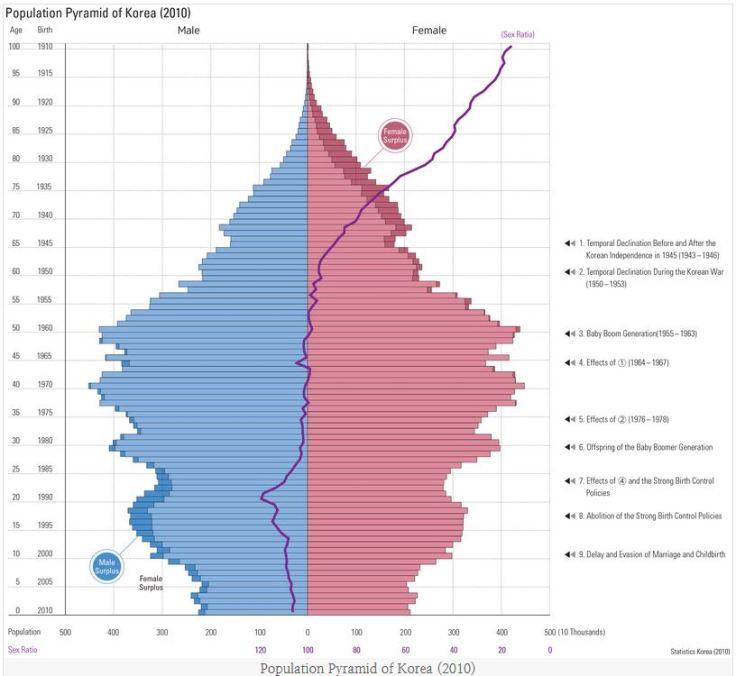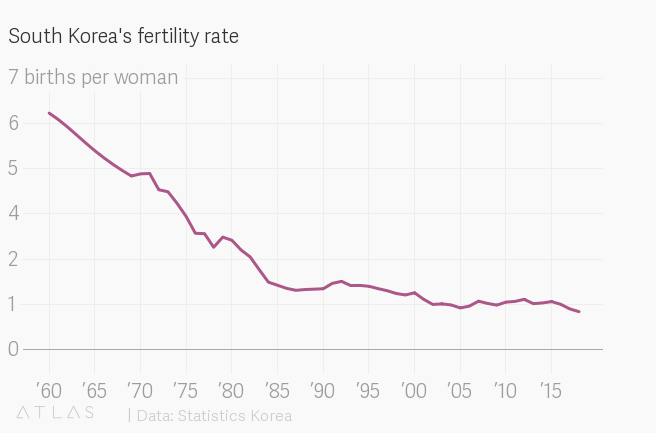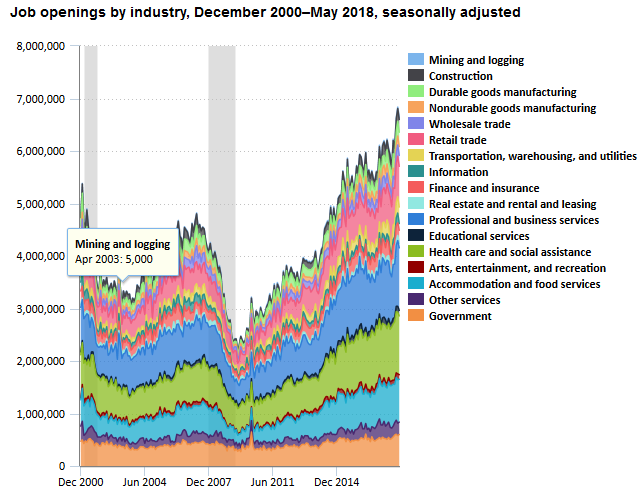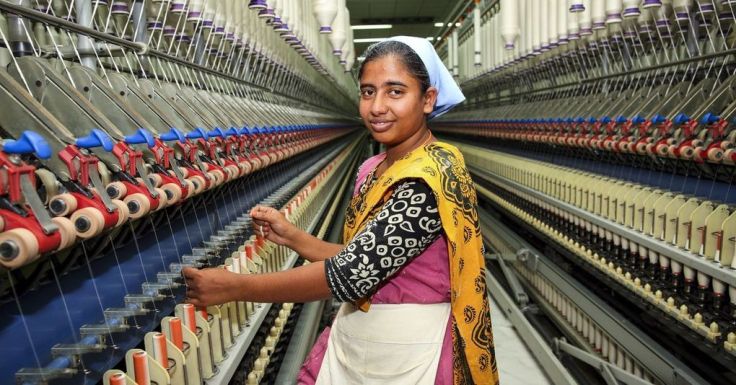Global fertility rates have been steadily dropping since 1960 and South Korea is probably the best example to use to discuss the rapid shifts in this trend (Bloomberg article “The Global Fertility Crisis” and NY Times article “End of Babies” are a good global overview that came out recently). Above is the 2019 NCGE presentation that shows how to use the National Atlas of Korea in the APHG classroom using population as the prime case study (here are the powerpoint, slideshare, and PDF version). Below is a post previously published here with supplemental resources on this exact topic for greater context.
South Korea is the world’s first country to have a total fertility rate below 1 (in 2019, it dropped to 0.98). It may not be the largest population of the 86 declining populations (114 countries have TFRs above replacement level), but it makes for an incredibly important case-study to explore emerging demographic patterns because in the coming years, it probably won’t be the only country with a TFR below 1.

South Korean governments at multiple levels have implemented some pro-natalist policies (tax-benefits, cash incentives, maternity leave, paternity leave, etc.), and the TFR continues to drop. The economic reasons for this demographic decline make it a textbook example of a highly-developed economy where raising children is very expensive in a post-industrial, overwhelmingly urban context. However, I think more time should be spend investigating the cultural patterns that led more and more young adults to either postpone child-rearing or skip it all together. In South Korea, as in other countries, marriages are becoming more infrequent, but the social stigma associated with raising a child out of wedlock remains very strong (only 2% of births are to unwedded mothers). Many women returning to the workforce find that child-care options are limited they struggle to find the same wages that they had before they started a family. Even before without children though, women in South Korea are confronted with the highest gender wage gap among OECD countries. As reported in the WSJ, “South Korea has a strong economy, fast internet—and a big gender gap.” Korean work culture expects long hours, after hours social gatherings, and other practices that make it difficult to workers, but especially women, to find a manageable balance between having a career and a family. Many corporations are reluctant to hire/promote/mentor women that might conceivably conceive and leave the company.

Today, many Korean families see having no children as the only way to survive/improve their quality on life given the economic and cultural context within which they are operating. The government has been pouring millions of dollars to reverse this pattern but the fertility rate continues to drop. The video below gives an introduction to the issue.
This video provides a more in-depth look into the issue (turn on the closed captioning)
GeoEd Tags: South Korea, declining population, population, gender, labor.
Good resources to understand South Korea’s Declining population:
National Atlas of Korea: Population Projections.
QZ: South Korea’s birth rate just crashed to a new alarming low
CityLab: South Korea is trying to boost its birth rate. It’s not working.






